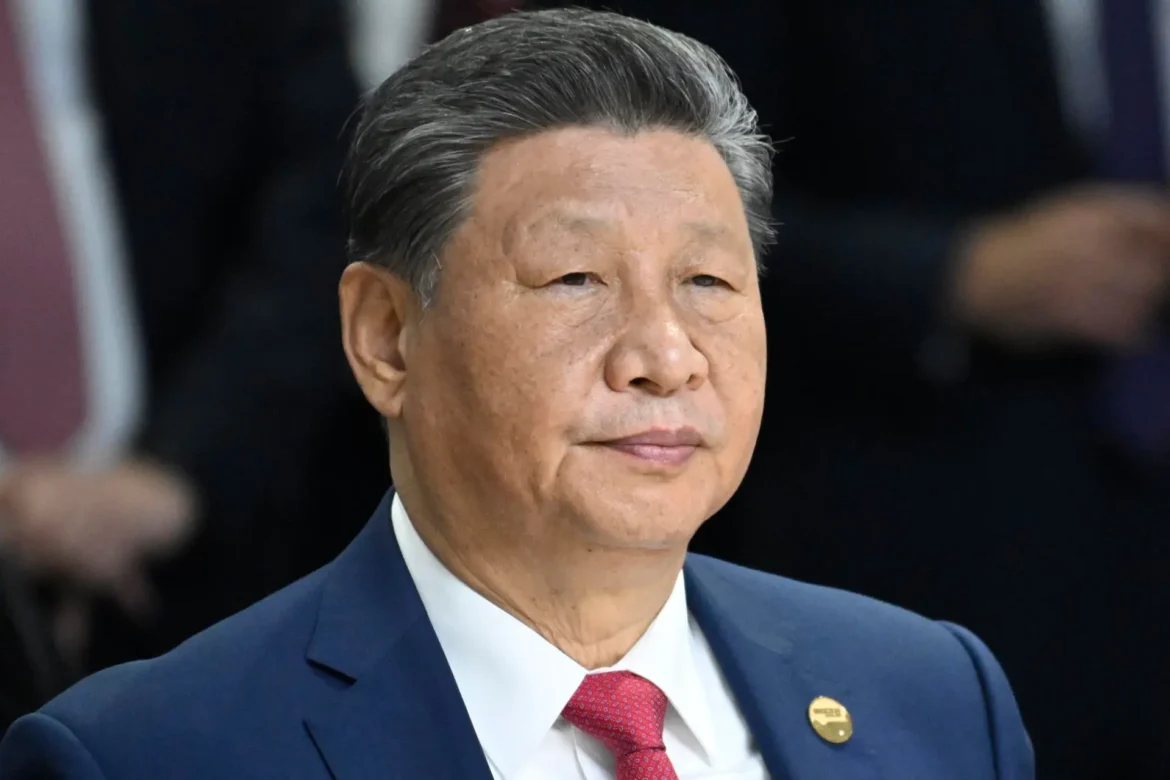China Expands South American Influence with Inauguration of Peru’s Chancay Port
Chinese President Xi Jinping began a diplomatic tour of South America on Thursday by inaugurating the Chancay deep-water port in Peru, a $1.3 billion project funded by Beijing to strengthen trade routes and boost China’s presence in the region. With growing demand for agricultural products and minerals from Latin America, Xi is also set to attend the Asia-Pacific Economic Cooperation (APEC) summit in Lima, followed by the G20 summit in Rio de Janeiro, Brazil.
Chancay Port: A Key Hub for the “21st Century Maritime Silk Road”
President Xi and Peruvian President Dina Boluarte joined the inauguration ceremony via video link, marking the opening of Chancay Port, located about 80 kilometers north of Lima. The port, with 15 deep-water berths, is part of China’s Belt and Road Initiative, a vast infrastructure network aimed at enhancing global trade routes. Xi described Chancay as the beginning of a “21st century maritime Silk Road” and expressed hopes for establishing a new trade corridor connecting China and Latin America.
Major Economic Boost for Peru-China Trade Relations
According to Xi, Chancay Port is expected to generate $4.5 billion in annual revenue and create over 8,000 direct jobs. Additionally, it could reduce logistics costs for the Peru-China trade route by 20%. Managed by China’s Cosco Shipping Ports, the port’s first phase has been completed, with additional phases expected to increase China’s investment over the coming years. The first shipment, carrying Peruvian fruit to China, is set to depart next week, marking the start of what officials hope will be a major shipping corridor between Asia and South America.
Expanding Trade Routes to Brazil and Beyond
China’s investment in Chancay includes plans to build a $3.5 billion railway connecting the port to Brazil, enabling efficient transport of Brazilian exports like soybeans and iron ore to the Pacific. This rail link is considered essential for improving agricultural exports from Brazil, China’s largest supplier of soybeans, according to Mario de las Casas, Cosco Shipping’s corporate affairs manager for Peru.
Navigating Economic and Geopolitical Challenges
China’s focus on Latin America is growing amid trade tensions with Europe and potential U.S. tariffs on Chinese goods. Hundreds of Chinese business leaders have joined Xi’s delegation, including executives from companies with large investments in Peru, such as Chinalco, which operates the Toromocho copper mine. Robert Evan Ellis, a researcher at the U.S. Army War College, commented that Chancay will streamline shipping between Latin America and China by accommodating large vessels, thus reducing logistics costs and consolidating China’s access to Latin American resources.
U.S. Concerns Over Chancay’s Strategic Role
Chancay’s strategic importance has raised concerns in Washington. General Laura Richardson, a senior U.S. defense official, recently voiced worries that the port could serve as a base for Chinese military operations or intelligence gathering. The Chinese state-backed Global Times countered these concerns, emphasizing that the port is intended purely for trade and dismissing the allegations as “geopolitical smears.”
As China solidifies its influence in Latin America, the Chancay port project represents a significant shift in regional trade dynamics, reflecting China’s growing role as a leading economic partner for South American countries.
Stay connected to know more on arcnews.online for global news like China’s President Xi Jinping Inaugurates Peru’s Chancay Port, Signaling Expanded Latin American Ties. For videos updates visit our YouTube. Do subscribe to Arcnews to get latest updates directly in your mail box.
Have A Great Day.


